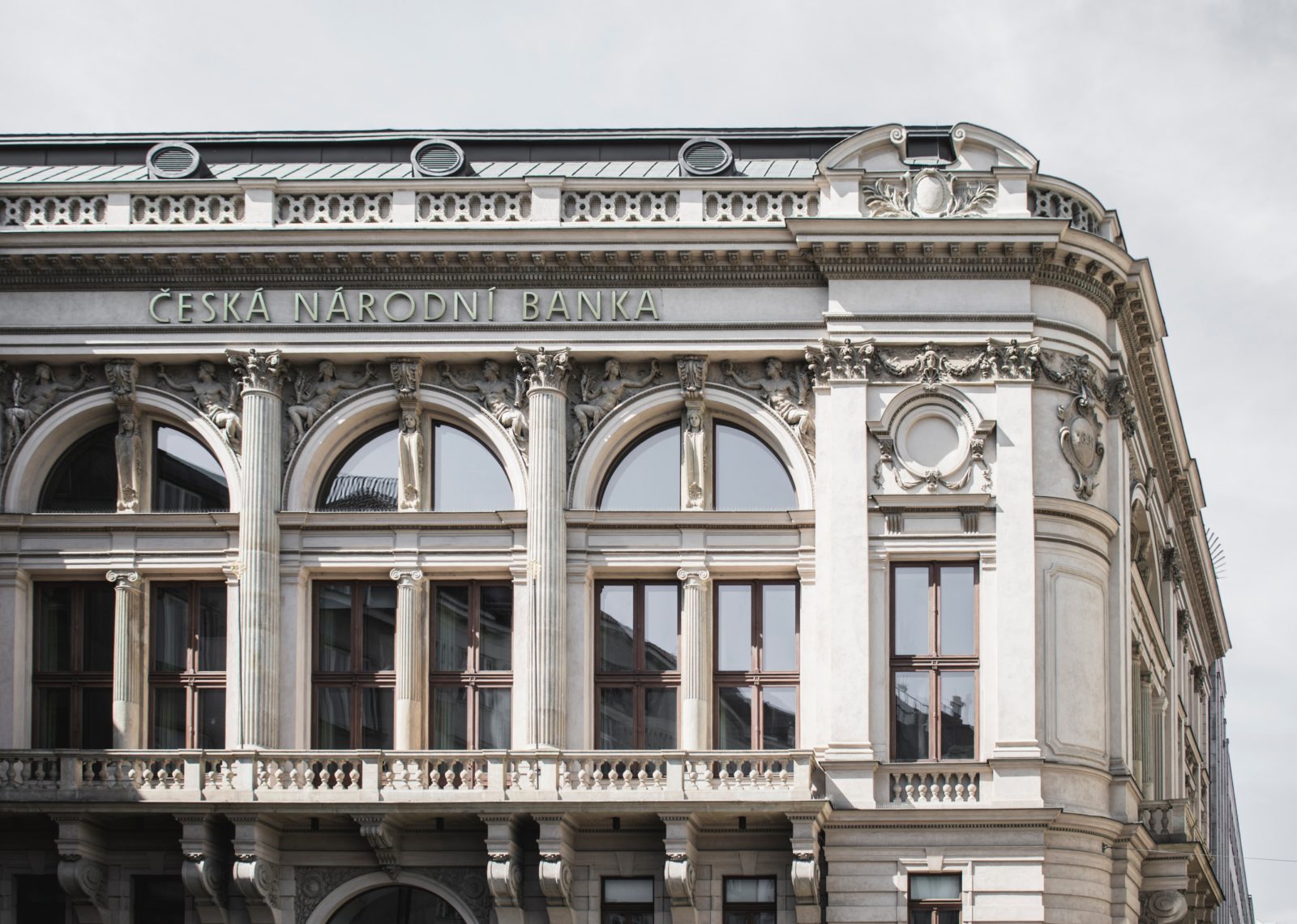The Czech National Bank (CNB) has decided to lower the rate on the countercyclical capital buffer for the loan protection market. Starting in October, the rate will be lowered to two percent from 2.25 percent. This is the second time the CNB has lowered the rate in a row.
The bank board decided due to the gradual reduction of cyclical systemic risks in the banking sector’s balance sheets. According to CNB spokeswoman Petra Krmelova, the bank board considered the current position of the Czech economy in the financial cycle, the extent of accumulated credit risks in the banking sector’s balance sheet, and the development of its vulnerability.
Karina Kubelkova, a bank board member, stated in June that the central bank is prepared to lower the reserve rate if the trend of cyclical risks in the banking sector continues to decline.
Banks and other credit institutions must create reserves as protection against risks arising from excessive growth in loans. During the development of loans, banks should develop resources, while in times of economic activity decline accompanied by growing loan losses, funds should be used by banks to cover losses. The goal is to prevent the transmission of potential problems of financial institutions into the economy. Creating reserves can slow down the growth of loans, significantly riskier ones.
The rate applies to all banks, savings and credit cooperatives, and securities traders. The CNB sets the pace of this reserve quarterly and usually decides on its increase with a one-year advance notice. The central bank may decide on the dissolution of the account with immediate effect.
The European CRD IV directive introduced the countercyclical capital buffer as a tool to increase the financial system’s resilience. The CNB declared the reserve rate for the first time in the fall of 2014.





